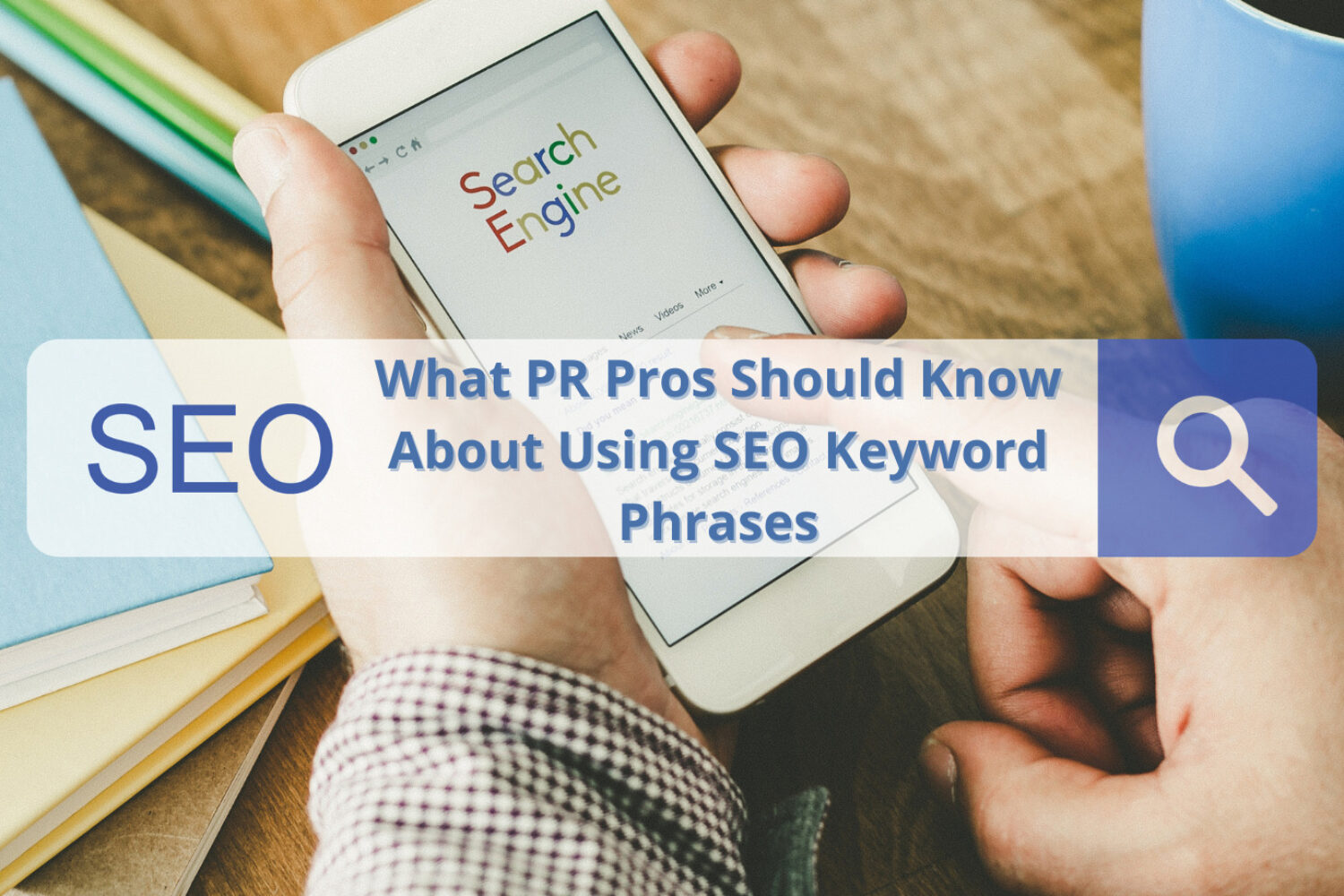Public relations is a vital component of any organization’s success. It is a strategic communication process that builds and maintains mutually beneficial relationships between an organization and its stakeholders. However, the practice of public relations has been challenged in recent times by ethical issues, such as false advertising, fake news, and propaganda. Therefore, ethical public relations has become more critical than ever in today’s society.
Ethical public relations is about building and maintaining trust and credibility with stakeholders through transparent and honest communication. It involves a commitment to responsible behavior consistent with ethical principles and values. Here are some best practices for ethical public relations:
- Honesty and Transparency – Honesty is a fundamental principle of ethical public relations. PR professionals must communicate truthfully with stakeholders and provide complete and accurate information. They should also be transparent in their communication, disclosing any relevant information that could impact stakeholders’ decision-making processes.
- Respect for Stakeholders – Respect is an essential aspect of ethical public relations. PR professionals must treat stakeholders respectfully and with dignity, recognizing their rights and interests. They should also be attentive to stakeholders’ needs and concerns and work to address them appropriately.
- Responsible and Accountable – PR professionals have a responsibility to act in the best interests of their organizations, stakeholders, and society. They should be accountable for their actions and decisions and be willing to accept criticism and learn from their mistakes.
- Avoiding Conflicts of Interest – Conflicts of interest can compromise the integrity of public relations. PR professionals should avoid situations where their personal or professional interests conflict with their responsibilities to their organizations or stakeholders. They should also disclose potential conflicts of interest and take appropriate steps to manage them.
- Adherence to Ethical Codes and Standards – Professional associations, such as the Public Relations Society of America (PRSA), have established codes of ethics that guide ethical behavior in public relations. PR professionals should adhere to these codes, standards, and other applicable laws and regulations.
In conclusion, ethical public relations is essential for building and maintaining stakeholder trust. PR professionals must be honest, transparent, respectful, responsible, and accountable in communication and behavior. In addition, they should avoid conflicts of interest and adhere to ethical codes and standards. By following these best practices, PR professionals can contribute to their organizations’ success while upholding the highest ethical standards.










